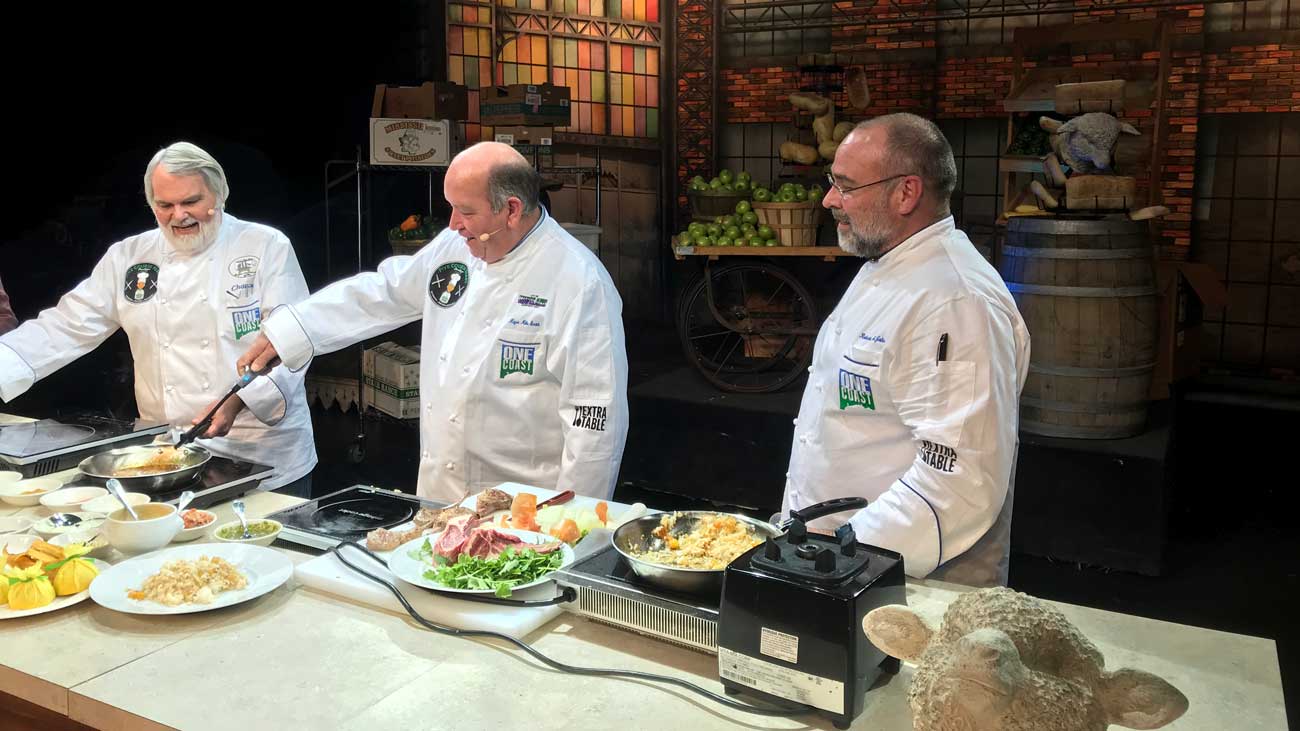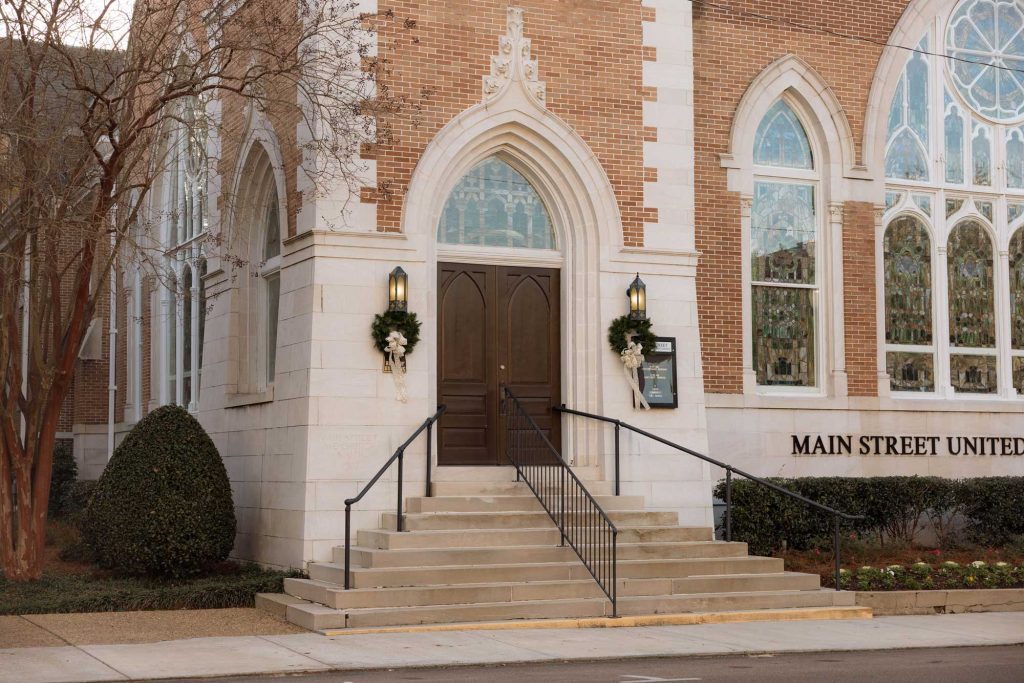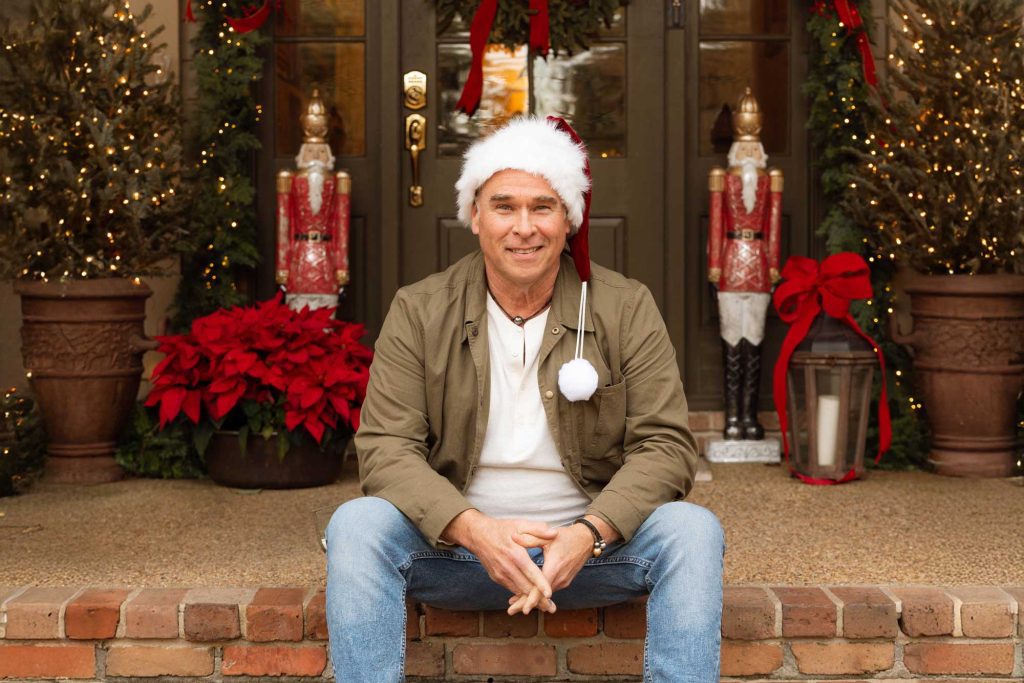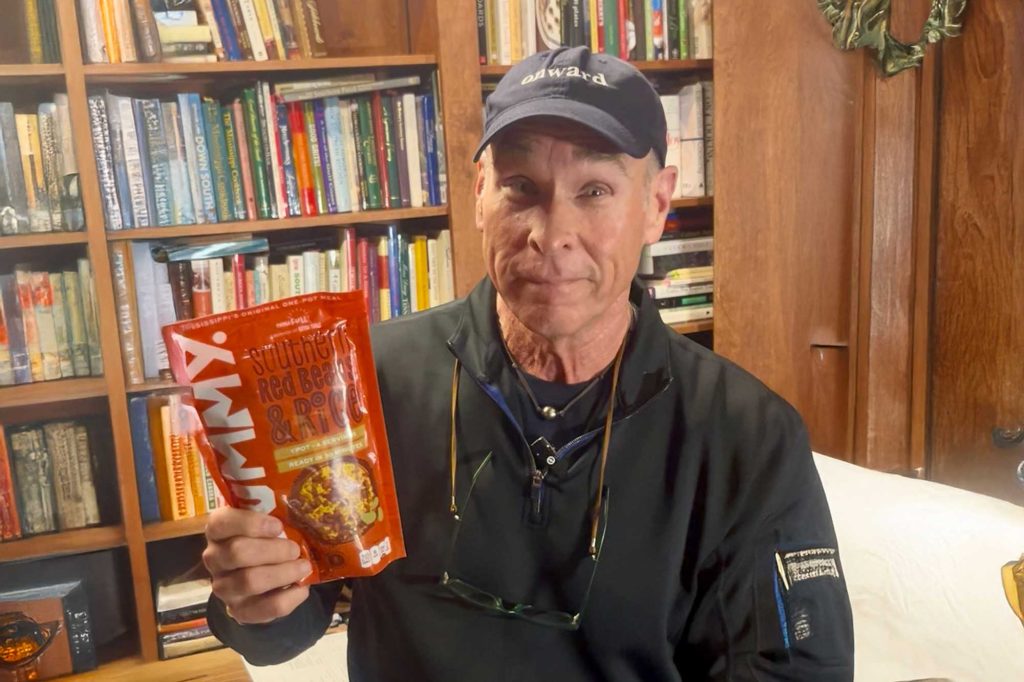BARBERINO VAL D’ELSA, TUSCANY— I sit in an almost empty villa on a Tuscan hillside as I type this column. San Gimignano is peeking through the mist in the distance. I am reviewing and re-living the previous week in my mind.
Two days ago the 23 members of our tour group said goodbye to each other and began that long, one-day journey back to the United States.
Watercolorist, Wyatt Waters, and I led those 23 people back to the place that was the heart and soul of our 2012 book, An Italian Palate. The idea for this trip came while we were on the promotional book-signing tour in support of that project. Countless people asked us to take them over to this part of the world with us and to show them all of the places I had written about and he had painted.
So we did.
I spend a good bit of my average week answering correspondence and giving people dining recommendations in various European and U.S. cities. I enjoy doing it. Like this column, there is a distinct pleasure I derive from relaying great restaurants and experiences to others. Leading a group is like that, but on steroids. I had a blast.
Other than the fact that I lost my voice two days in, and had to use my wife for a few days to communicate my directions, it was a nearly flawless outing, save a couple of hitches here and there. If our group had half as good of a time soaking it all in as I did leading, then the trip was a definite success.
We learned the process of making artisanal Romano cheese, saw the wine-making process from a small family-run winery to a massive 21st century winery run by the 26th generation of a Florentine wine family. We learned how olive oil is made and the group learned how to make ravioli, which we ate (and it was very good) later that night. We visited sights in Florence, Siena, San Gimignano, and several other small Tuscan towns. Mostly we ate.
We covered the wide spectrum that is Tuscan cuisine from the small bars and trattorias to the finest Michelin one-star restaurants. My one focus— it had to be “real.” Too many people come to Italy, see the sights in the big cities, eat at the restaurants closest to the tourist destinations which are nothing more than Americanized chain-Italian restaurants like back in the states, and leave with no clue as to what “real” Italian cuisine tastes like.
I am a professional eater, and by the time that this group was halfway through the week, they were in midseason form.
Waters took a small band of artists and art enthusiasts on painting excursions in Florence, Siena, and other picturesque locales. Before the trip was over, I think everyone understood why this area spoke to us like it did several years ago. It spoke to them, too.
We had a diverse group of people who hailed from California to Florida, but mainly concentrated in Louisiana and Mississippi. We came together on a hectic Sunday in the Florence airport, and left out of that same spot— one week later— as friends.
That has been the greatest surprise. Before I embarked on this journey, I knew I would enjoy sharing the places and people I have fallen in love with over the years. But I had no idea that I would make new friends. There is a certain bunker mentality that encompasses a group when you are travelling together (especially with a schedule packed as tight as the one I planned). In that process, people begin to rely on each other. Through that process, friendships are born.
Waters and I have wrapped up all of our business in this area and have started laying the groundwork for our return trip with another group in April. We now head to visit old friends in Milan, with an overnight stay in Bologna, before heading home.
A good portion of our book also took place in Venice, Verona, Bologna, and Milan, and— if the interest is still there— we might lead a group into that part of Italy to share what we loved and learned there.
In the meantime, I will close this laptop and stare out of my window at the hills to the west for as long as I can, hoping that specific and majestic view, which has been indelibly imprinted into my brain for the past five years, never leaves my memory.
Onward.
White Bean Stufato
3 cups diced onions
3 cups diced carrots
3 cups diced celery
1/4 cup bacon fat
1/2 cup white wine
1/2 cup diced ham
2 tsp Poultry Seasoning
2 tsp Italian Herb Blend
2 tsp Italian Seasoning Blend
1 Tbsp Worcestershire sauce
2 Tbsp kosher salt
2 tsp hot sauce
1 tsp ground white pepper
6 cans (15-ounce) navy beans, drained and rinsed
6 cups Pork Stock
1/4 cup Pesto
Reserved hock meat from pork stock, chopped
In a stockpot, sauté the onion, carrot, and celery in the bacon fat for 5 to 7 minutes over medium heat, stirring frequently. Add the wine and cook for 3 to 4 minutes more. Add the ham, poultry season, herb blend, seasoning blend, Worcestershire, salt, hot sauce, and pepper and cook for 7 to 8 minutes.
Puree 1 can of the beans with 2 cups of the pork stock. Add the pureed beans, whole beans, and the remaining 4 cups pork stock and bring to a boil. Reduce heat to a simmer and add the pesto and hock meat. Stir well and simmer for 30 to 45 minutes.
Yield: 1 gallon



